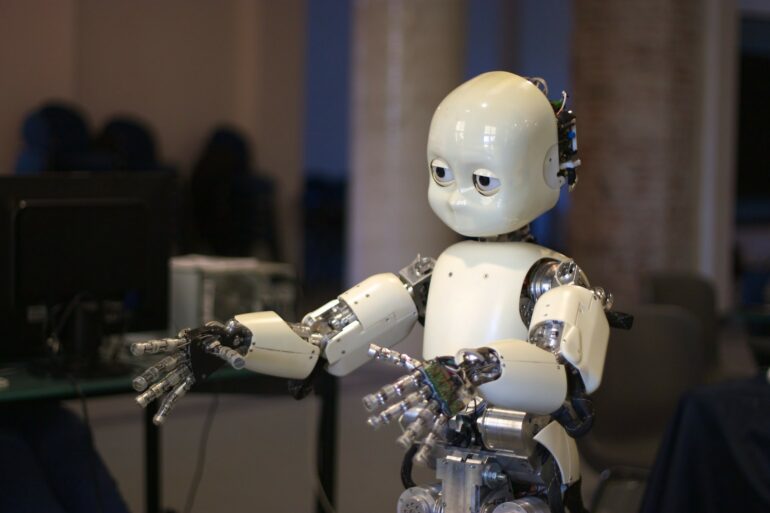Problems of racial and gender bias in artificial intelligence algorithms and the data used to train large language models like ChatGPT have drawn the attention of researchers and generated headlines. But these problems also arise in social robots, which have physical bodies modeled on nonthreatening versions of humans or animals and are designed to interact with people.
The aim of the subfield of social robotics called socially assistive robotics is to interact with ever more diverse groups of people. Its practitioners’ noble intention is “to create machines that will best help people help themselves,” writes one of its pioneers, Maja Matarić. The robots are already being used to help people on the autism spectrum, children with special needs and stroke patients who need physical rehabilitation.
But these robots do not look like people or interact with people in ways that reflect even basic aspects of society’s diversity. As a sociologist who studies human-robot interaction, I believe that this problem is only going to get worse. Rates of diagnoses for autism in children of color are now higher than for white kids in the U.S. Many of these children could end up interacting with white robots.
So, to adapt the famous Twitter hashtag around the Oscars in 2015, why #robotssowhite?
Why robots tend to be white
Given the diversity of people they will be exposed to, why does Kaspar, designed to interact with children with autism, have rubber skin that resembles a white person’s? Why are Nao, Pepper and iCub, robots used in schools and museums, clad with shiny, white plastic? In The Whiteness of AI, technology ethicist Stephen Cave and science communication researcher Kanta Dihal discuss racial bias in AI and robotics and note the preponderance of stock images online of robots with reflective white surfaces.
What is going on here?
One issue is what robots are already out there. Most robots are not developed from scratch but purchased by engineering labs for projects, adapted with custom software, and sometimes integrated with other technologies such as robot hands or skin. Robotics teams are therefore constrained by design choices that the original developers made (Aldebaran for Pepper, Italian Institute of Technology for iCub). These design choices tend to follow the clinical, clean look with shiny white plastic, similar to other technology products like the original iPod.
Kaspar is a robot designed to interact with children with autism.
In a paper I presented at the 2023 American Sociological Association meeting, I call this “the poverty of the engineered imaginary.”
How society imagines robots
In anthropologist Lucy Suchman’s classic book on human-machine interaction, which was updated with chapters on robotics, she discusses a “cultural imaginary” of what robots are supposed to look like. A cultural imaginary is what is shared through…



